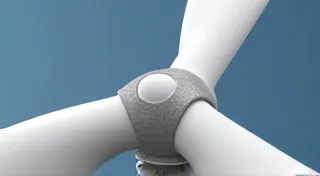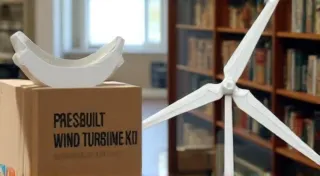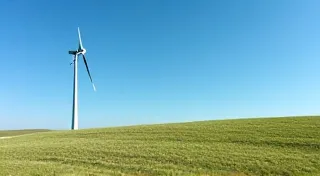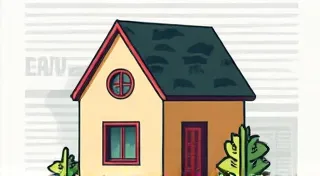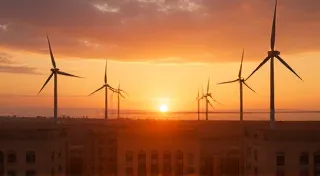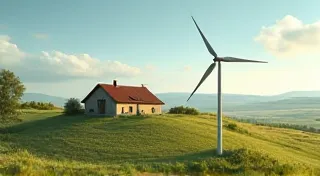Small-Scale Wind Turbines for Science Projects: A Great STEM Activity
Introducing students to renewable energy concepts can be challenging, but a hands-on project like building a small-scale wind turbine makes it engaging and memorable. This article guides educators and students through the process, providing a practical and educational experience aligned with STEM learning objectives. It's more than just construction; it’s an exploration of physics, engineering, and sustainability. Understanding the principles behind renewable energy sources is increasingly important, and even a simplified model like this can offer insights into the complexities involved.
Why Build a Wind Turbine for Science?
Building a wind turbine ties directly into several key STEM principles. Students will:
Understand Energy Conversion: They’ll see how kinetic energy (wind) is converted into mechanical energy (rotating blades) and then potentially into electrical energy.
Apply Physics Concepts: They’ll encounter principles like aerodynamics, lift, drag, gear ratios, and the relationship between blade design and efficiency. Optimizing these aspects often involves addressing the impact of noise, a consideration often overlooked. Those seeking to delve deeper into minimizing operational sounds might find valuable information on Wind Turbine Noise Reduction Techniques for Quiet Operation.
Develop Engineering Skills: Designing, building, and troubleshooting the turbine fosters problem-solving, creativity, and iterative design processes. A common frustration in these projects is encountering operational hiccups; for guidance on overcoming those challenges, see Troubleshooting Common Wind Turbine Problems.
Explore Renewable Energy: The project offers a concrete example of a sustainable energy source and its potential to reduce reliance on fossil fuels.
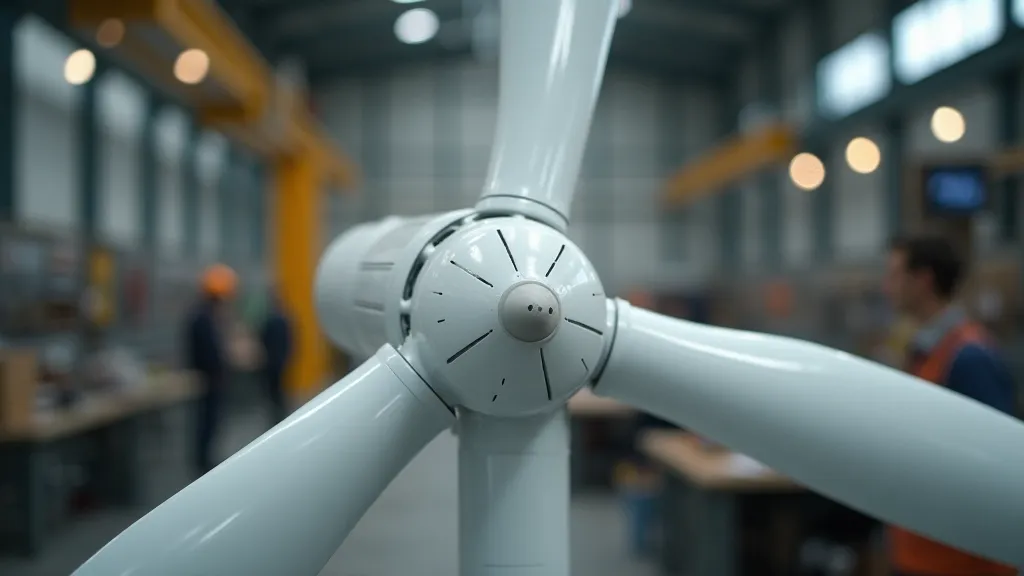
Planning Your Wind Turbine Project
Before you start building, consider these factors:
Age and Skill Level: Adapt the complexity of the design and the required tools to suit the students' abilities. Younger students might benefit from pre-cut materials and simpler blade designs. The design choices and materials used all contribute to the overall efficiency of the system; a deep dive into maximizing output can be found by investigating Understanding Wind Turbine Efficiency: Factors and Improvements.
Available Resources: Consider the available budget, tools, and materials. Recycled materials can be a great option for sustainability and cost savings. Consider the legal implications of implementing a turbine, even a small one, in certain locations – exploring Legal and Regulatory Aspects of Small-Scale Wind Turbines can be invaluable.
Learning Objectives: Clearly define what students should learn from the project. This will guide the design choices and assessments.
Safety Considerations: Always prioritize safety. Provide appropriate safety equipment (goggles, gloves) and supervise students closely. Rotating blades can be dangerous.
Basic Wind Turbine Components and Materials
Most small-scale wind turbines consist of these basic components:
Blades: Capture wind energy and convert it to rotational force. Different blade shapes and numbers of blades impact efficiency.
Hub: Connects the blades to the generator shaft.
Generator: Converts mechanical energy into electrical energy. Small DC motors can be repurposed as generators.
Tower: Elevates the turbine to capture stronger, less turbulent wind.
Tail (Optional): Keeps the turbine pointed into the wind.
Common materials include PVC pipe, wood, plastic bottles, small DC motors, wires, and basic hardware. The choice of materials directly impacts the operational characteristics, especially regarding noise and regulatory compliance.
Simple Wind Turbine Design – A Step-by-Step Approach
Here's a simplified approach for a beginner-friendly project:
Blade Construction: Cut blades from PVC pipe or plastic bottles. Experiment with different shapes and angles to see how they affect performance. Careful consideration of airfoil shape can significantly impact efficiency.
Hub Assembly: Securely attach the blades to the hub.
Generator Connection: Connect the hub to a small DC motor (generator).
Tower Construction: Build a simple tower from PVC pipe or wood.
Testing and Optimization: Test the turbine in a safe, open area. Observe its performance and make adjustments to the blade design, gear ratio, or tower height.
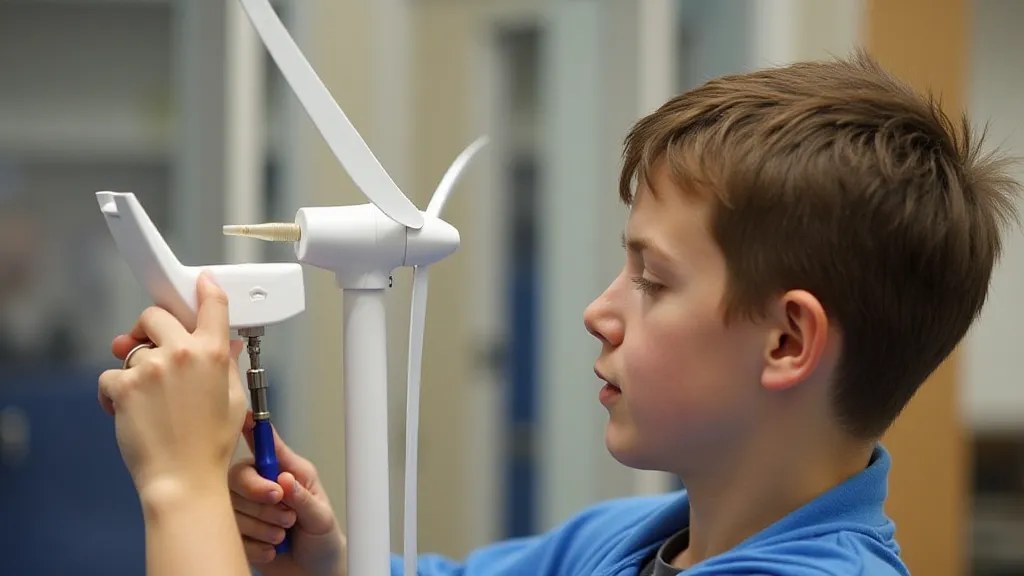
Extending the Project: Advanced Concepts
For more advanced students, consider exploring these concepts:
Gear Ratios: Introduce gear ratios to increase the generator's RPM and output voltage. Proper selection of gear ratios is vital for efficiency and minimizing noise.
Aerodynamics: Have students research and apply principles of airfoil design to optimize blade efficiency.
Voltage and Current Measurement: Use a multimeter to measure the voltage and current produced by the turbine.
Wind Speed Measurement: Use an anemometer to measure wind speed and correlate it to turbine output.
Data Logging: Have students record data over time to analyze turbine performance under different wind conditions.
Blade Pitch Control: Introduce a system for automatically adjusting blade pitch based on wind speed. This advanced feature significantly impacts power output and longevity of the system.
Structural Analysis: Have students explore the structural integrity of the tower and blade design using simple calculations or simulations. Understanding material stress and fatigue is critical for ensuring the project’s longevity.
Safety Reminders
- Always wear safety goggles when working with tools.
- Supervise students closely during all phases of the project.
- Ensure the turbine is securely mounted to prevent it from falling.
- Keep rotating blades away from faces and bodies.
- Disconnect the generator when not in use.
- Regularly inspect all components for wear and tear.
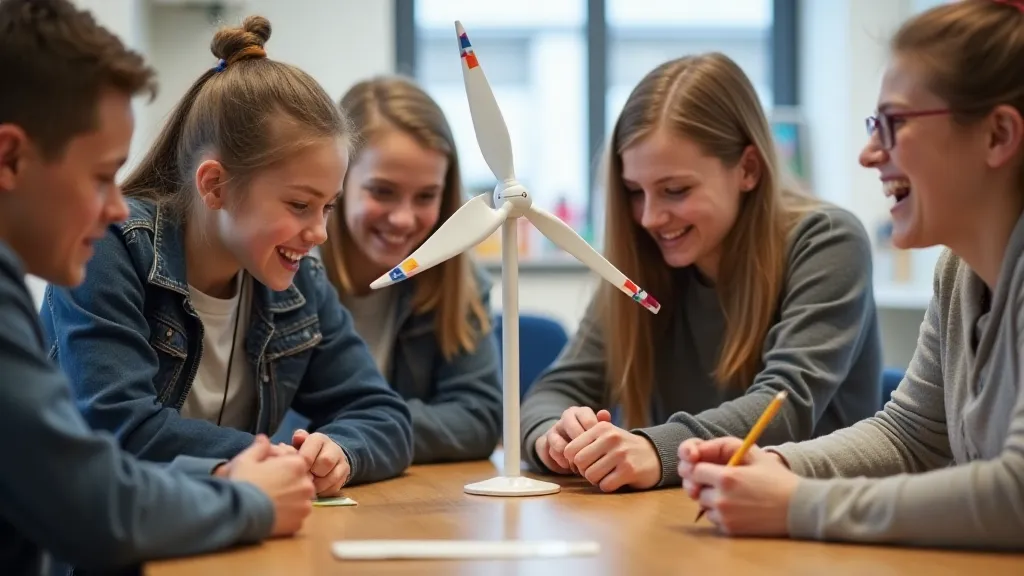
Troubleshooting and Optimization Deep Dive
Even with careful planning, wind turbine projects often encounter challenges. Here's a more detailed look at common issues and how to address them:
- Low Power Output: This can be caused by inefficient blade design, incorrect gear ratios, a poorly positioned tower, or insufficient wind speed. Encourage experimentation with different blade shapes and angles. Verify the generator is functioning correctly.
- Excessive Vibration: Vibration can damage components and reduce efficiency. Ensure all connections are tight and balanced. Adjust blade pitch or add damping materials.
- Noise Issues: As mentioned previously, reducing noise is a crucial aspect of sustainable energy systems. Experiment with different blade materials and shapes to minimize aerodynamic noise.
- Generator Failure: Generators are often repurposed and can be prone to failure. Test the generator under load and replace it if necessary.
Conclusion
Building a small-scale wind turbine is a rewarding STEM activity that combines hands-on construction with essential learning about renewable energy and engineering principles. This project fosters creativity, problem-solving skills, and an appreciation for sustainable energy solutions. By adapting the complexity to suit the students' level, this project can be a valuable educational experience for all. Remember that continual improvement is key to maximizing efficiency and longevity. Further exploration into optimizing the design and addressing common issues can lead to a deeper understanding of wind energy technology and its potential for a more sustainable future.



